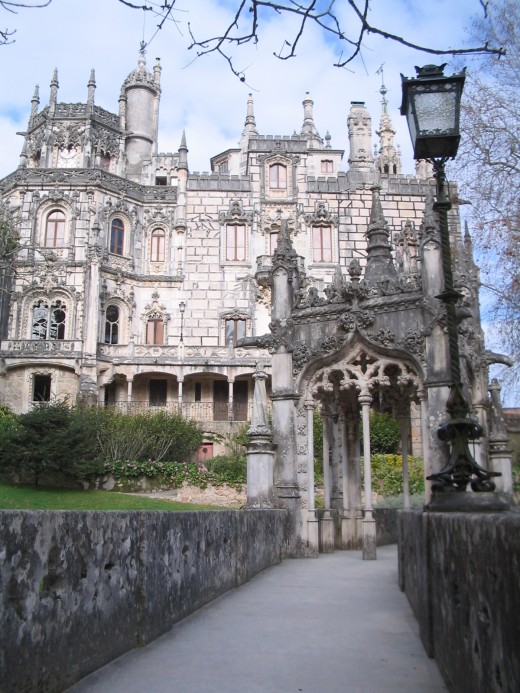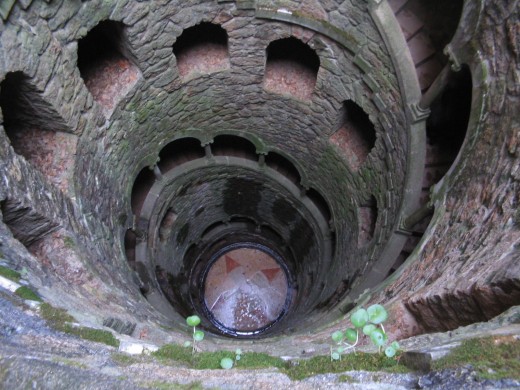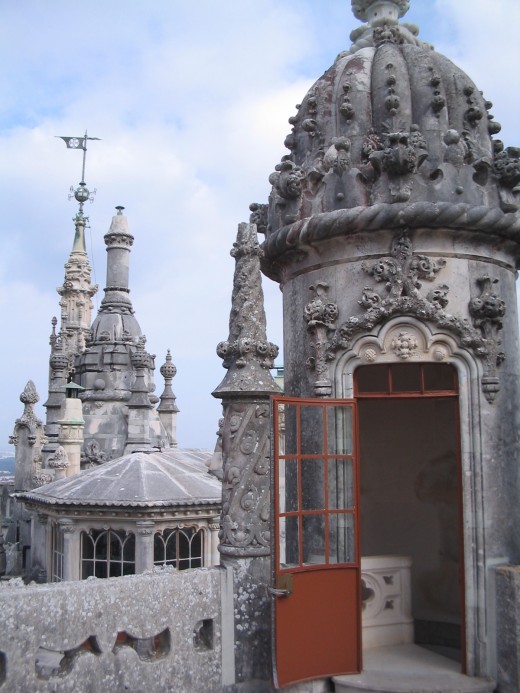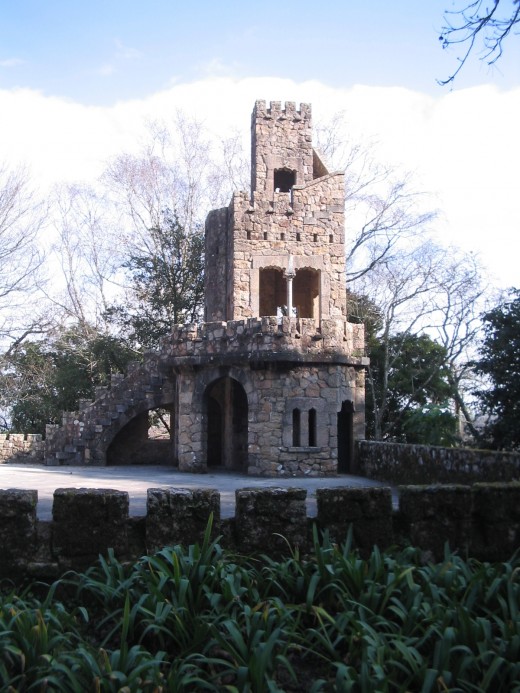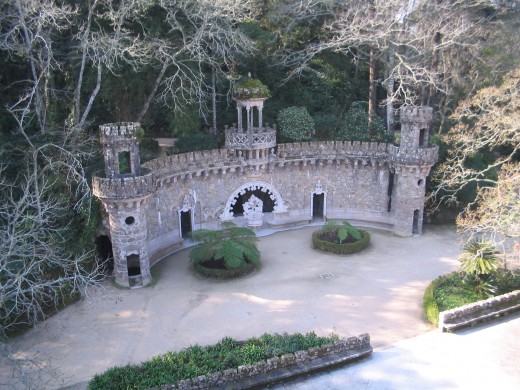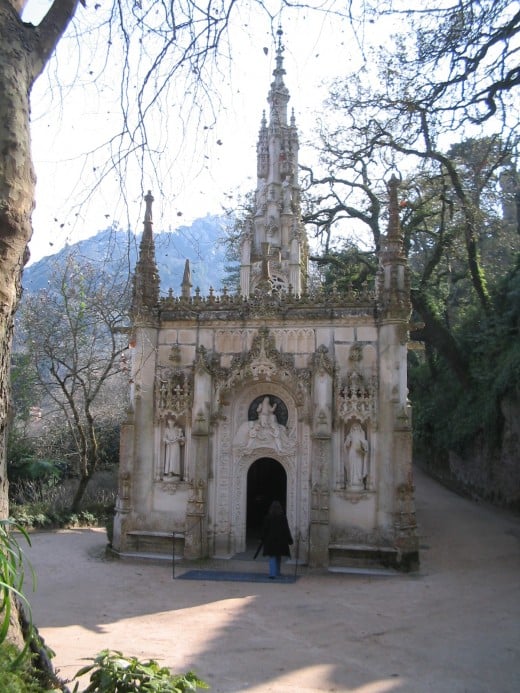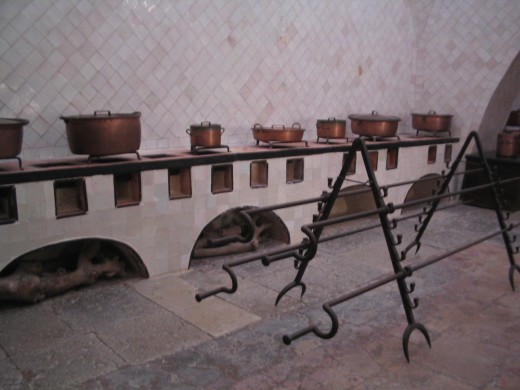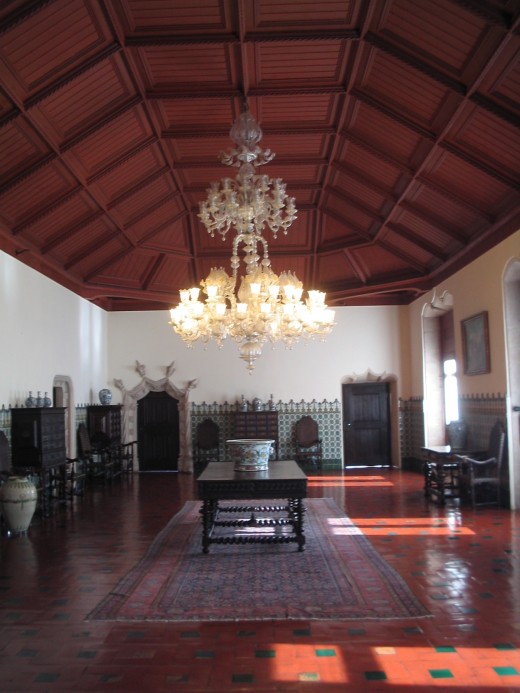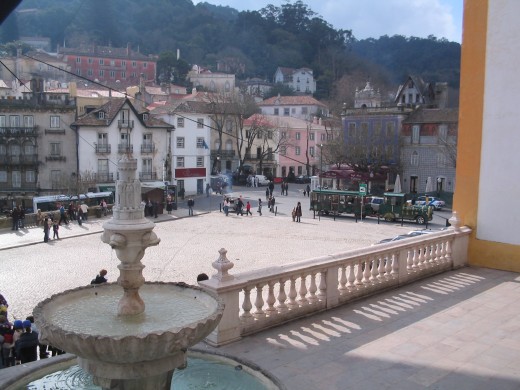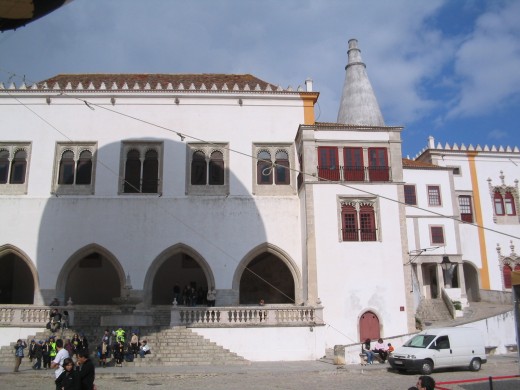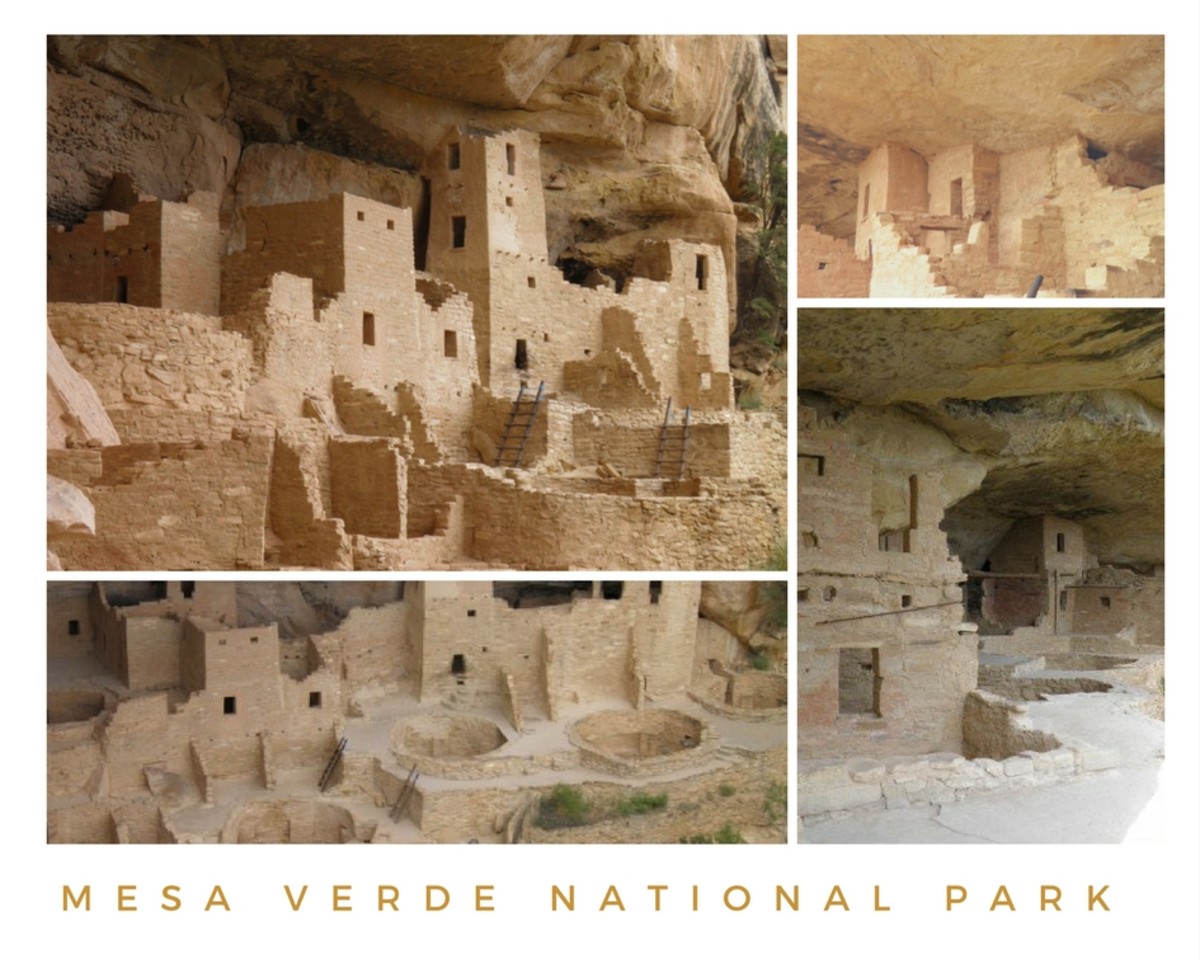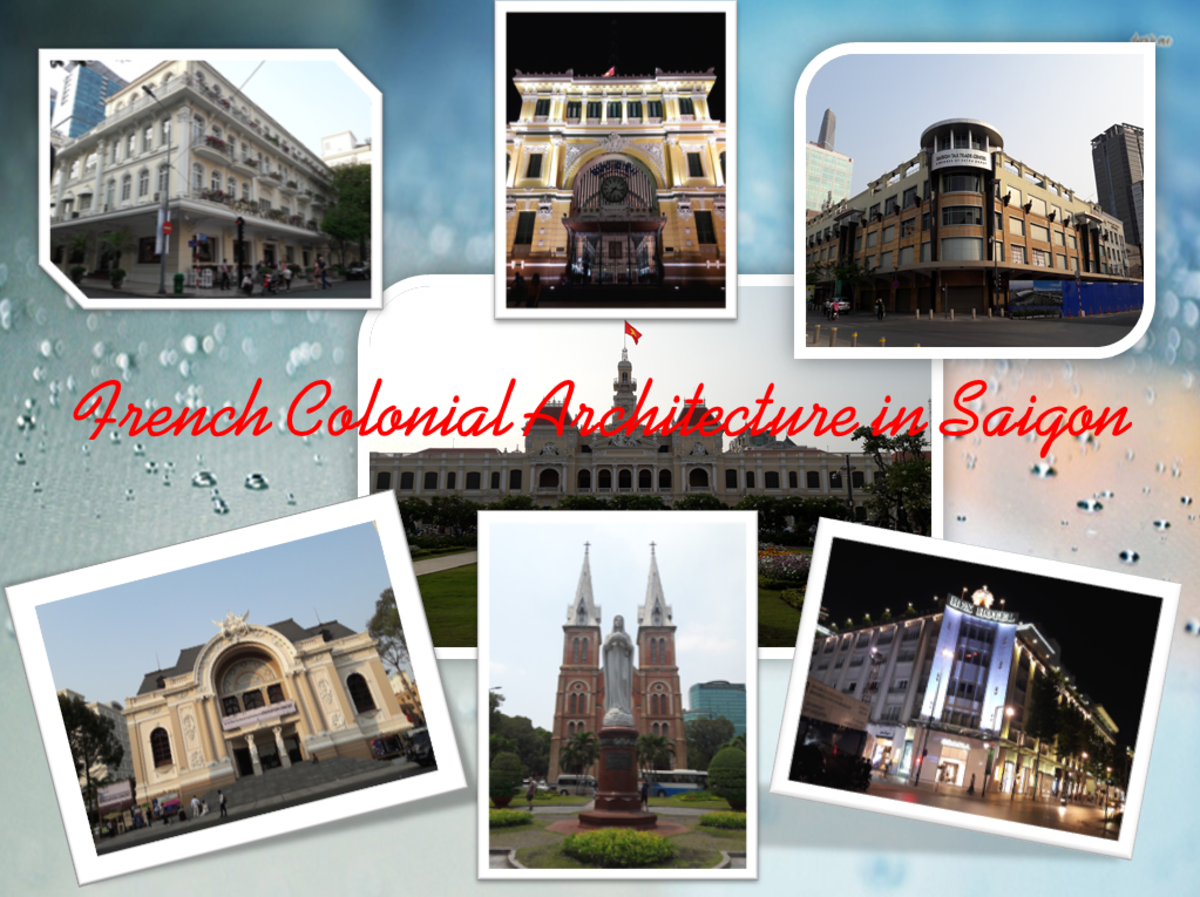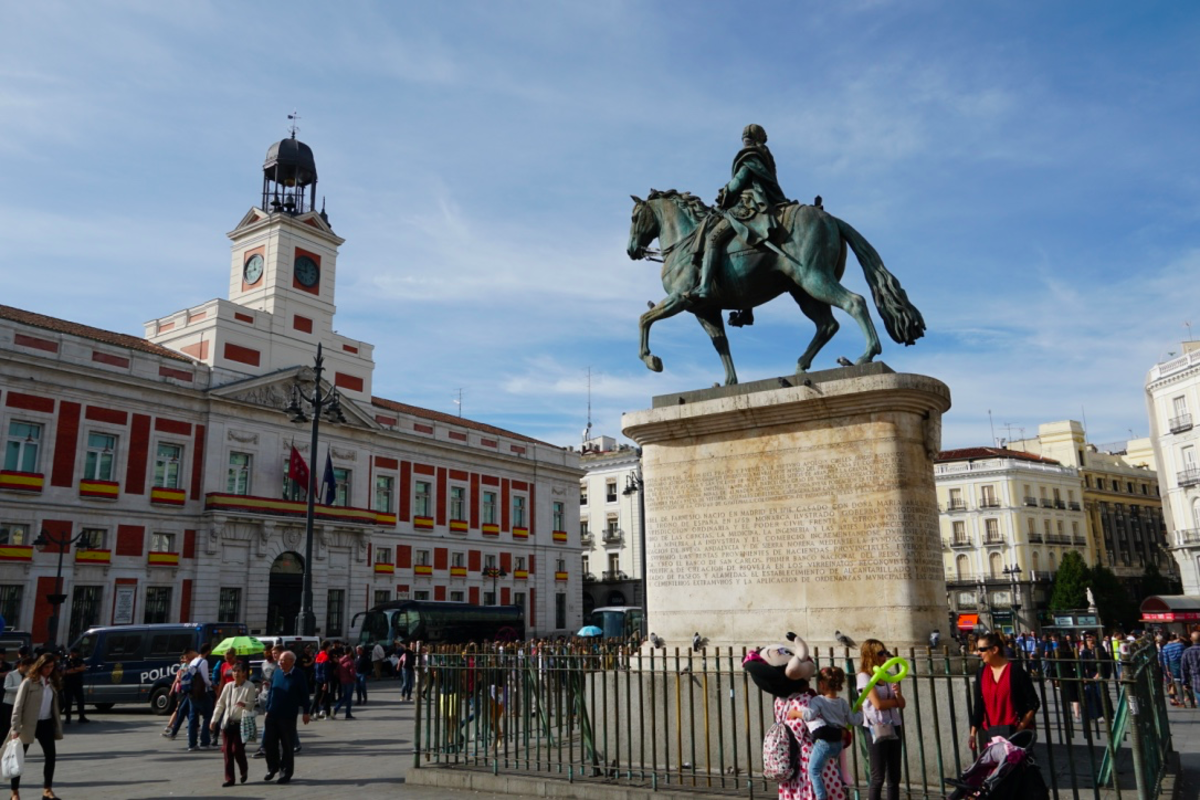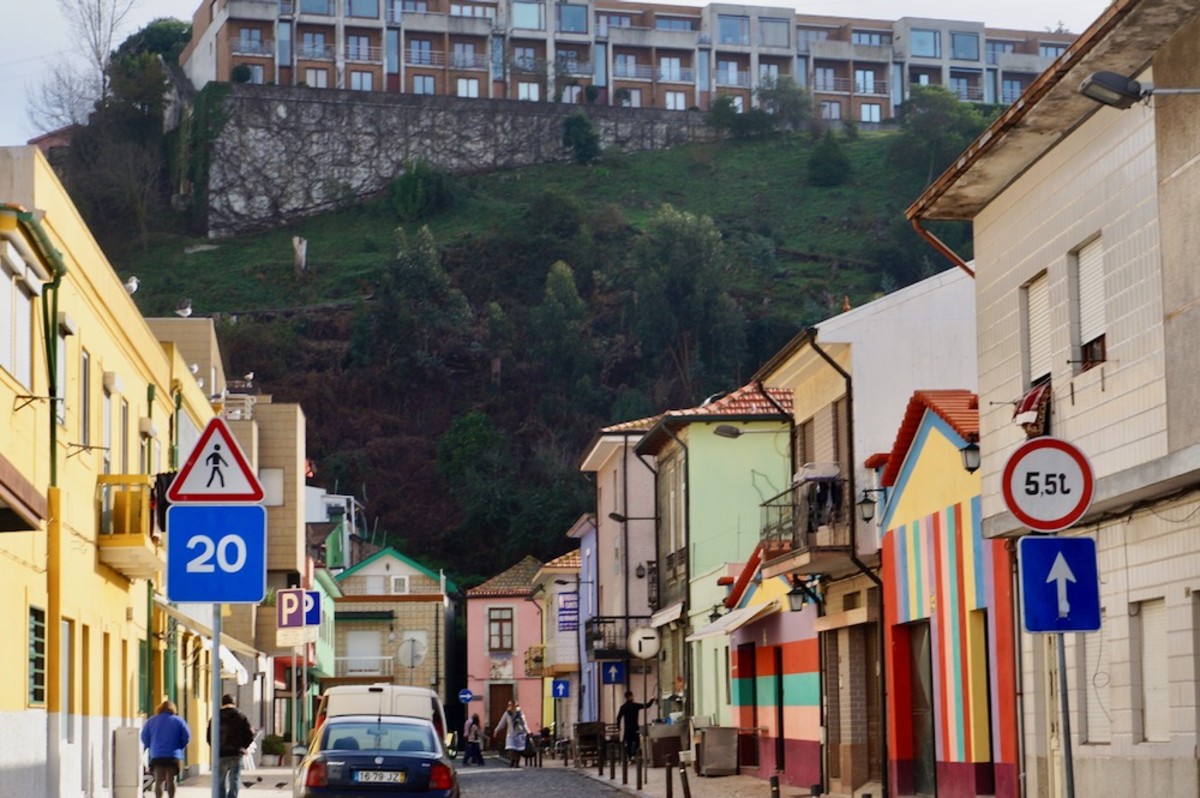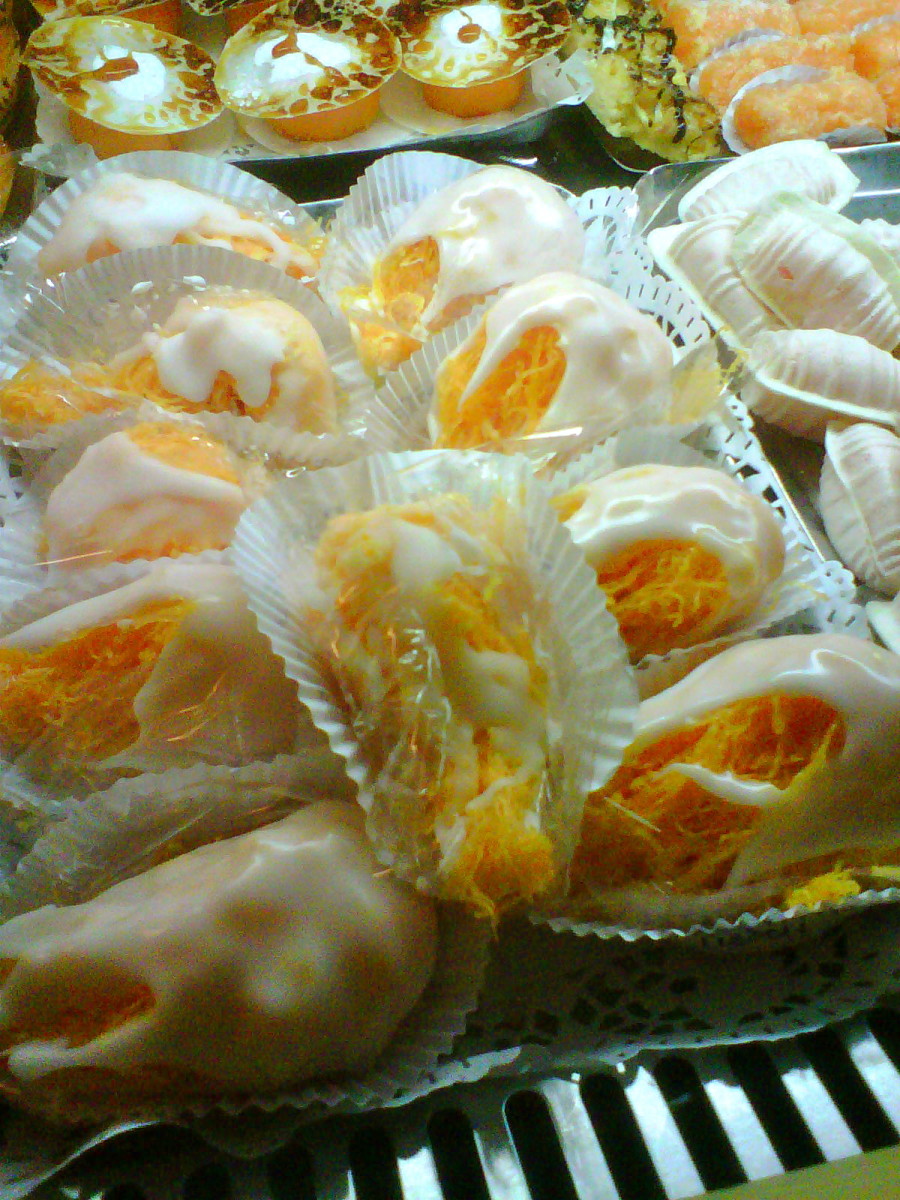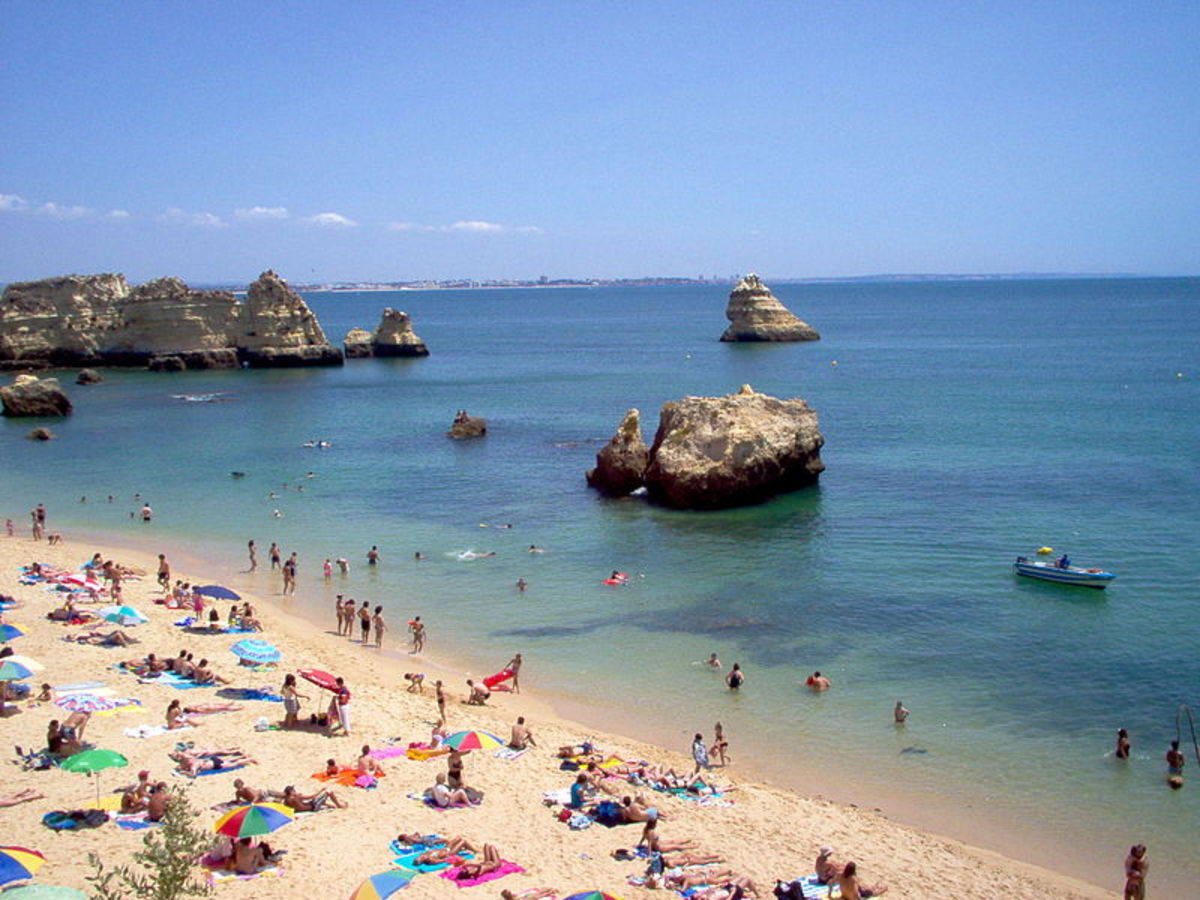Travel information: Visiting Sintra
Magic and wonder - Visiting Sintra
For such a small country Portugal seems to have a remarkable number of amazing places to visit. Apparently there are places for all sorts of tastes, it goes from vibrant cities such as O'Porto and Lisbon or Coimbra until the quiet and peaceful like Castelo de Vide and Marão or even Gerês area. In between, we find mystical and fabulous places, such the one I will tell you about now.
Visiting this village borders the sublime, it's not just the sight, the landscape, the climate, the monuments. It's in the air. It's the art. It's the literature. It's the roads you walk on. It's everything you touch.
Just outside Portugal's capital, you find a gem, preserved as if inside a bubble. As soon as you arrive you seem to be in another time and you leave, thinking of coming back... The place that enchanted so many, from poets and writters to kings and queens, to the most humble servent - SINTRA - which was classified as World Heritage by UNESCO.

Arriving in Sintra
I have been to Sintra several times, but I find, I keep wanting to go back. So, here are some tips and some info which you may find useful if you wish to get to know Sintra.
If you are coming from abroad the country, you will probably arrive at Lisbon's airport. You can either rent a car or just find a taxi. If you are thinking about satying in Sintra the whole time, well, you really have no use for a car, but if you to sight see around Sintra you definitelly should rent one.
There are a lot of hotels in Sintra. Personally I find Tivoli Hotel near the National Palace wonderful, mainly because of its location, it's just in the main square, near the palace, with restaurant and cafés around and from there you can find a bus or a touristic train to go anywhere. The price is also reasonable.
But there are other choices.
One of those choices captivates me because of my love for writing. Lawrences Hotel was the favourite among such writters as Lord Byron, Eça de Queiroz, Alexandre Herculano, Camilo Castelo Branco and William Beckford.
Although I have never stayed there, I have long admired the beautiful building and imagined the ambience that those famous writters must have experienced, writing in this magical place, surrounded by the smell of tobacco coming from their pipes, as they sipped their brandy and discussed current affairs.
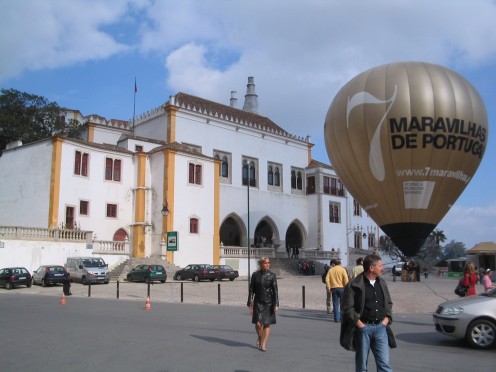
But no matter where you choose to stay, the important is to go and have a wonderful time.
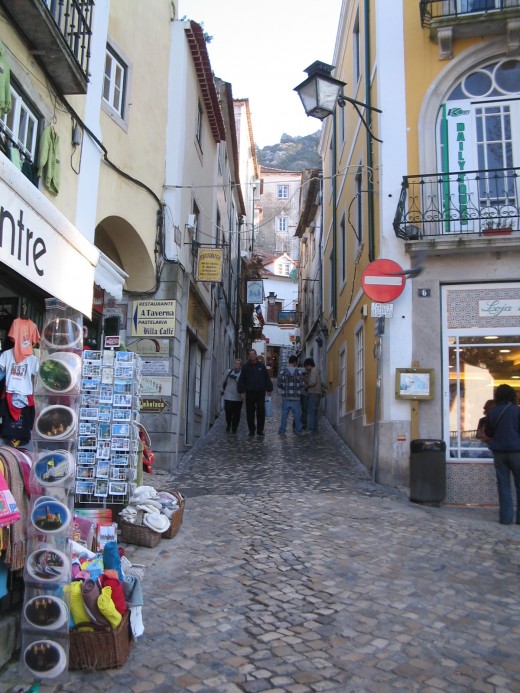
As any tourist villages you can't really escape the souvenir shops and the traditional pastry. So, roam around the small alleys and enter the typical cafes to try Sintra's cheesecakes (Queijadas) or Sintra's Travesseiros.
It's quite nice to just walk a bit around the village, going up and down the hills, feeling the climate of Sintra, a special and unique climate, that makes up a lot for what Sintra is, an exhuberant place of green everywhere, of extremely fertile land.
The climate and its consequences are part of the reason Sintra was always such a sought out place, by all sorts of people, who found the zoological, botanical and geographical landscape of this place so amazing. And this amazement brought along the rest, the culture, the people, the monuments, all the palaces and chalets. So it is quite nice to go about the village looking at the wonderful buildings and feeling the magic of other times in the air.
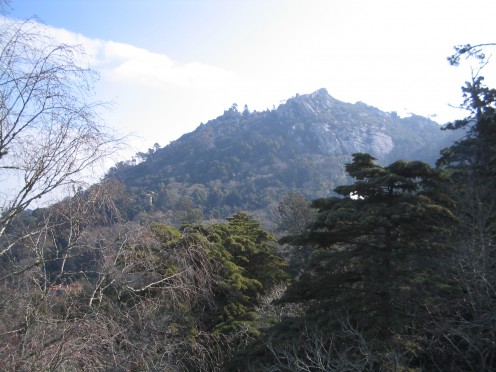
Where to go
There are some places, which you just can't miss:
- Quinta da Regaleira
- Palácio da Pena ( Pena's National Palace)
- Palácio Nacional de Sintra (Sintra's National Palace)
No matter how little time you have, these you must to visit.
Then if there is still time, don't forget to visit Monserrate Palace and Park, the Capuchos' Convent, the Moorish Castle and so many others.
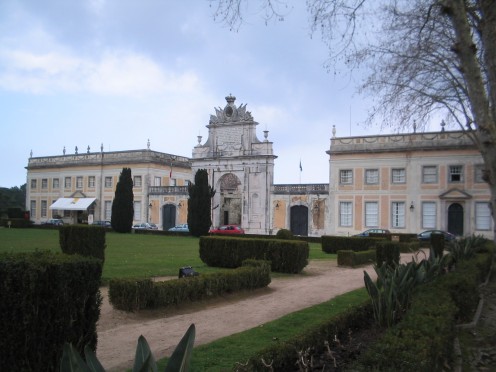
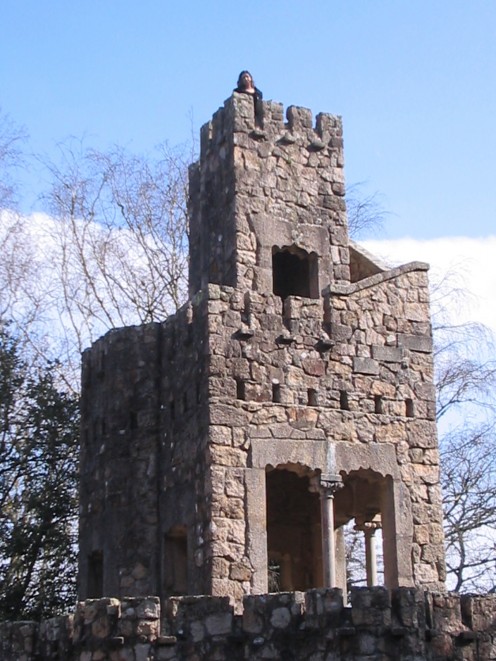
Quinta da Regaleira
The Quinta da Regaleira is a surprising and amazing monument in Sintra built in 1904 and 1910, so almost at the end of the monarchy in Portugal.
It was mainly built by a Portuguese who made is fortune in Brazil and whose name was António Monteiro. The work done, the many buildings and the garden are the work of the Italian set-designer and architect Luigi Manini. His ideas crafted a wonderful place, full of mystical significance, some say deeply related to masonry. Some say even that there are still secret messages and meanings to be discovered through his work at Quinta da Regaleira. So, Quinta da Regaleira is not only mystical, but magical and romantic and it's a must see.







Pena's National Palace
This Palace is the most perfect example of Romantic Architecture in Portugal . It was built in the top of the hill, 500 m above sea level, and the view is absolutely amazing, as well as the Palace itself.
The King D. Fernando II bought the ruins of an old monastery that existed in this place and where the ruins stood he started building a small palace. D. Fernado II was quite the romantic type, not just in love with his wife, D. Maria II, but with all that was to do with the arts.
The architecture of the Palace has traces of moorish, gothic and manueline architecture and it also embodies the spirit of central europe castles, with Wagner's music as background . It is a magnificient sight, different from everything we have ever seen. Fairy tales could take place here, guarded by the most wonderful natural park around the Palace. The park curls and ripples around the mountain arising until it reaches the mountain's natural crown, the Palace.
It is one option to start the visit at the entrance of park and enjoy it in a walk until one reaches the Palace.
Either way, starting at the Palace or starting at the Park, you must visit the both of them.
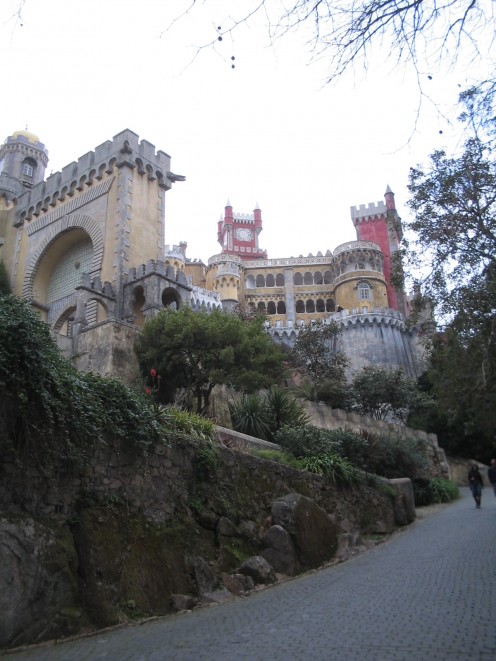
Sintra's National Palace
This Palace is one of the most important examples of royal architecture in Portugal. It satnds in the very centre of the village and it was the home of Portuguese Royal Family for several months of each year for quite a long time, since Sintra was well enjoyed by the monarch and its family and friends.
Probably this is the reason why it was successively enlarged and altered to suit the royal family's needs.
One of the trade marks of the Palace is without a doubt its unusual chimneys.
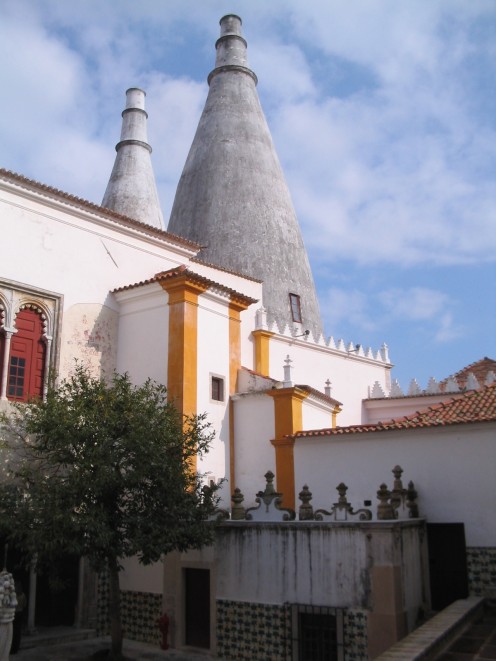
But, it has much more: the most important collection of Mudejar tiles in the world can be seen at the Palace, its kitchen is abosolutely amazing and all the decorated and painted wood pannels are a perfect example of how Art thrived in this place.
This Palace is deeply connected to some of the most important periods of portuguese history and there some of the most outstanding people in Arts and Literature made their appearance and left their mark, such as Luís de Camões, Gil Vicente and so many others.
Nowadays, the Palace is also the setting for many artistic and cultural displays.





Longing to be back
No matter how long you spend in Sintra and how much you have seen, it will not be long until you find yourself thinking of going back, so you can enjoy that wonderful place a little more.
Walk down the street, feel all the green around you and the hills, and stones and the curling midst in all its mistery.
Perhaps you'll stop by a cafe and have a Sintra's cheesecake and tea, perhaps you'll find yoursef in the square writing a novel, perhaps you will have a walk with your lover.
But no matter what you choose to do, you will still feel all the magic and wonder that Sintra inspires and who knows, maybe it is just the midst, but you can almost feel you are in another time and another reality and isn't that wonderful?
And check out this site...
- Visit Portugal
Plan your travel to Portugal. Looking for romance, discovering culture, living adventure, relaxing? Indulge yourself in Portugal, your holidays’ destination. Useful information about Accommodation, Gastronomy, Golf, Heritage, Sun & Sea, Nature.
You may also like:
Please let me know if you liked this hub... Leave a comment and don't forget to vote.
For more information check out my profile and stop by my other hubs.
© Copyright Algarveview.hubpages.com. To use part or the whole article you must first get written permission from the author. Feel free, nonetheless, to use an intro of the hub with a link to the article here on hubpages for the rest of the article.
© 2011 Joana e Bruno



